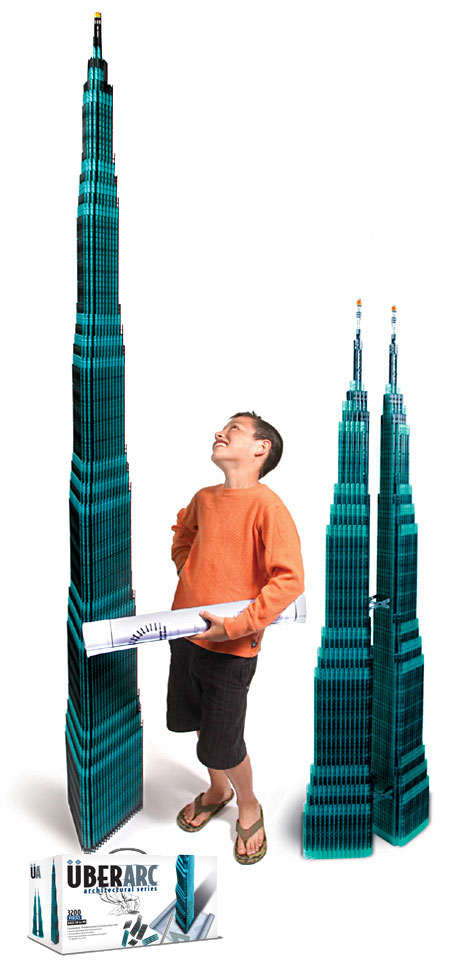Having sold my iPad and after visiting the local Staples store for several weeks, I decided to purchase the latest Kindle. I sold my iPad primarily because the manner by which I was using it wasn’t too far removed from what my desktop or laptop could essentially do. Which isn’t to say that either are “touch-enabled” – rather the type of work I do doesn’t require this form of technology (at least right now).
I decided to purchase the Kindle because I read a lot and I don’t feel there is a need to physically take up more room with books that I may never look at again (the vast majority of my books aren’t opened again after reading).
After using the Kindle for just a few weeks, what really surprised me was how much faster I am reading. Amazon’s goal of enabling an “immersive” experience – in my opinion – has been fully realized. I originally thought the device would distract me, but the combination of the paper-like screen (“electronic paper“) and unobtrusive controls significantly streamline my ability to take in new content at an accelerated pace.
There are a couple of metaphors I can use to describe this immersive experience and the efficiencies gained through this technology. The first is what I call “traffic flow.” The concept basically involves the speed at which one will drive depending upon the conditions beyond the actual roadway.
Taking traffic and road conditions / markings out of the equation, one will tend to drive faster on a road that is void of signs, buildings and other “distractions.” In contrast, when that same driver enters a town or area where there is an abundance of these “distractions” (natural or manufactured) she/he will reduce their speed to allow their mind to process this additional information. Reading with the Kindle is similar to driving along the former roadway.
By removing the physical book you automatically eliminate numerous “distractions” – the weight, continuous adjustments to maintain the book “posture”, as well as the psychological barrier when reading books of significant length (Dhalgren is a perfect example). While the Kindle has a way of conveying “progress” I’ve found the manner by which this information is displayed eliminates this distraction.
If I expand this concept a step further, the size of the Kindle’s screen accelerates the reading process even further. By displaying only a small amount of content, the reader is able to digest this content much more rapidly and easily than if the page were larger in size. Because pages are smaller, pages can be turned faster which translates into a feeling of progress.
While reading is not something that needs to be accelerated or rushed, the elimination of “distractions” translates into an immersive reading experience. It’s this experience that translates into increased enjoyment and learning – and it’s these feelings that ultimately build upon themselves over the long-run.







